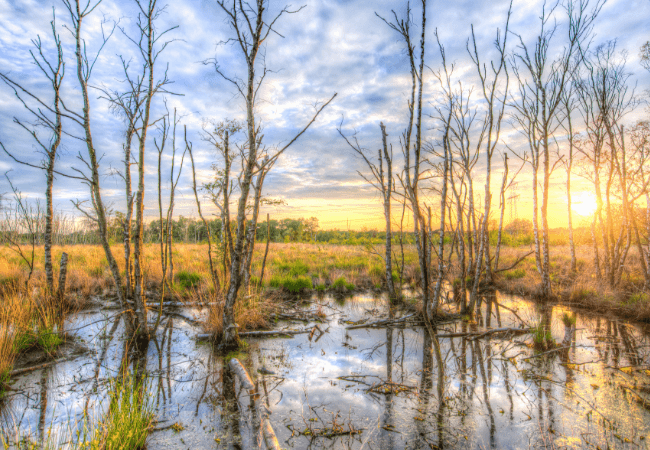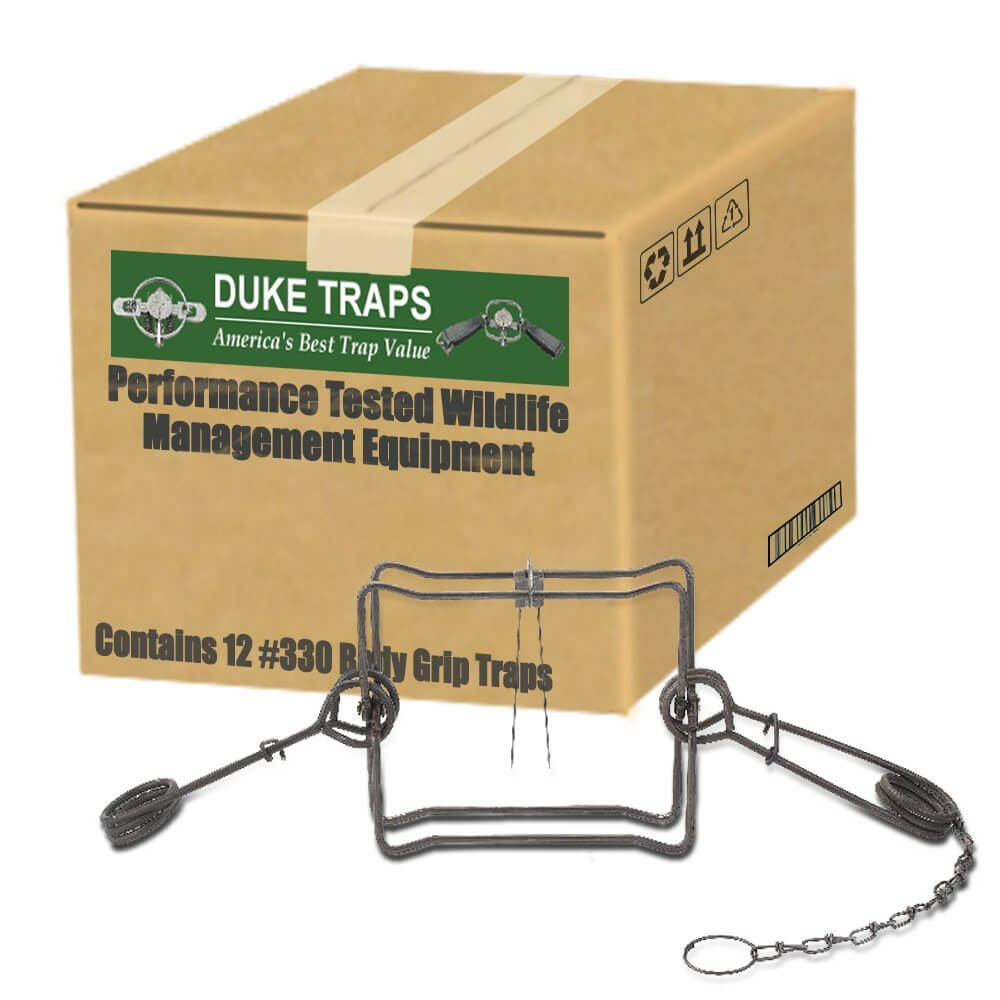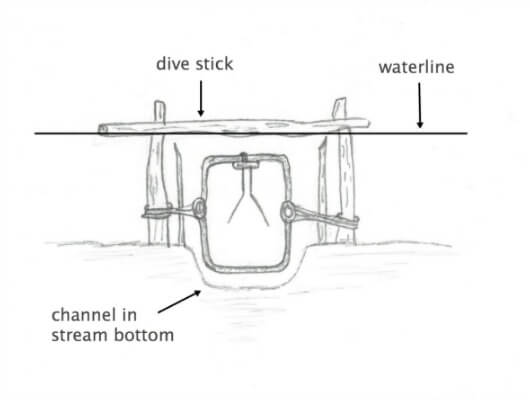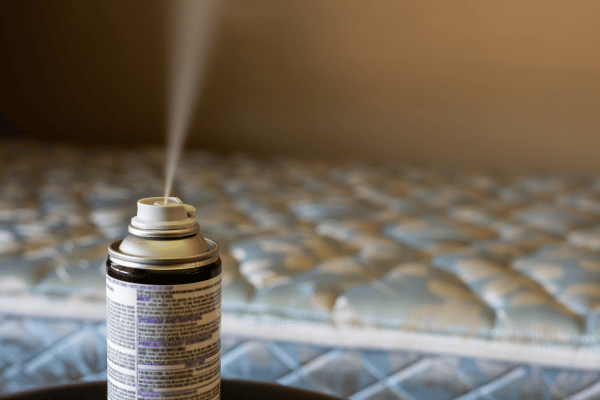Conibear Trap
This post may contain affiliate links so I earn a commission.
Technically called a body gripping trap, the conibear trap received its name from the trap's Canadian inventor Frank Conibear.
The traps hit the shelves in the late 1950's and they have been popular ever since.
In fact, they are so popular that most trappers consider them one of the best trapping innovations of the twentieth century.
Why are they so popular?
The traps are easy to use, relatively inexpensive and they quickly and humanely dispatch the animal once the trap activates.
Plus, their flat design doesn't take up a lot of room in your pack.
This is great because it allows you to carry dozens of #110's for muskrat or mink into the marsh without weighing you down.

The traps are designed to close around the animals neck or body with enough force to quickly kill the animal reducing the chances of it suffering.
Overall, conibears are a great design for a variety of different animals.
Many trappers prefer them over a foothold trap, but it really just depends on what you're targeting and the type of set you're trying to make.
For example, people who make a lot of water sets for beaver or muskrats which generally use a lot of body gripping traps while people who make a lot of land sets for fox or coyotes will use footholds.
How They Work
The trap in constructed of 2 metal squares designed to open and close like a pair of scissors.
Depending on the size of the trap, one or two springs are used on the end of the trap to quickly close the trap when activated.
To set the trap compress the spring or springs and secure them with the spring safety latch.
Once the springs are compressed open the square frame/jaws and set the trap by using the trigger that is set with the catch or "dog."
The trigger can be baited or it can be bent into various shapes depending on the targeted animal.

The trap activates when the animal moves the trigger either by eating the bait or walking or swimming through the trap and moving the trigger.
The conibear trap is available in several different sizes.
The 3 most popular sizes are the 110, 220 and 330 with the 110 being the smallest and the 330 being the largest of the three.
The size of the trap you should use depends on the type of furbearer you are targeting. Here's a few trap suggestions:
110 (5 x 5 inches) - Muskrat and Mink
220 (7 x 7 inches) - Raccoon and Opossum
330 (10 x 10 inches) - Beaver and Otter
Although most people can compress the 110 spring by hand, many people are unable to compress a 220 or 330 spring.
These larger sized traps can be set using tongs that use leverage to easily compress the springs.
How To Use One
Body gripping traps are commonly used in water sets.
Due to the "instant kill" trap design, many states prohibit the use of body gripping sets on land and require larger traps like the 220 or 330 to be submerged under water.
Some states allow the use of conibear land sets however the trap must be set several feet above ground.
This helps prevent unwanted animals like dogs and cats from becoming accidental catches.

A leaning pole set for marten is a good example of a land set that elevates a #110 conibear off the ground making it very attractive to marten, but less attractive to a majority of other animals.
Water sets are also very productive with a body gripping trap.
To use one, locate a run or pathway and set the trap in the middle of the runway.
To secure the trap in the runway, shove a long stick through the spring hole and secure the stick in the ground.
If the trap has two spring use two sticks.
Next, place guide sticks on both sides of the set trap to "funnel" the animal through the traps opening.

The above drawing shows a common channel set made for beaver using a #330 conibear trap.
Since these runways are commonly used as the beaver travels from one area to another, you won't need to add any bait to the trap.
The guide sticks placed above and on each side of the conibear are all you need to guide the beaver through the traps opening, which releases the trigger and closes the trap.
When searching for a channel that's being used, it's easier to look from the shore so you don't disturb the mud and debris inside the pond making it difficult to see.
Of course, this isn't always possible so if you do have to wade out into the pond, you should be able to feel the deep depression of the channel with your feet as you wade.
Conibear Trap - Overall
Conibear traps are easy to use and they're one of the most popular fur traps available today.
Available in a few basic sizes, these traps can target a variety of different furbearers or nuisance animals.
For the beginning trapper or someone who's been doing it a lifetime, the conibear is a great choice!



